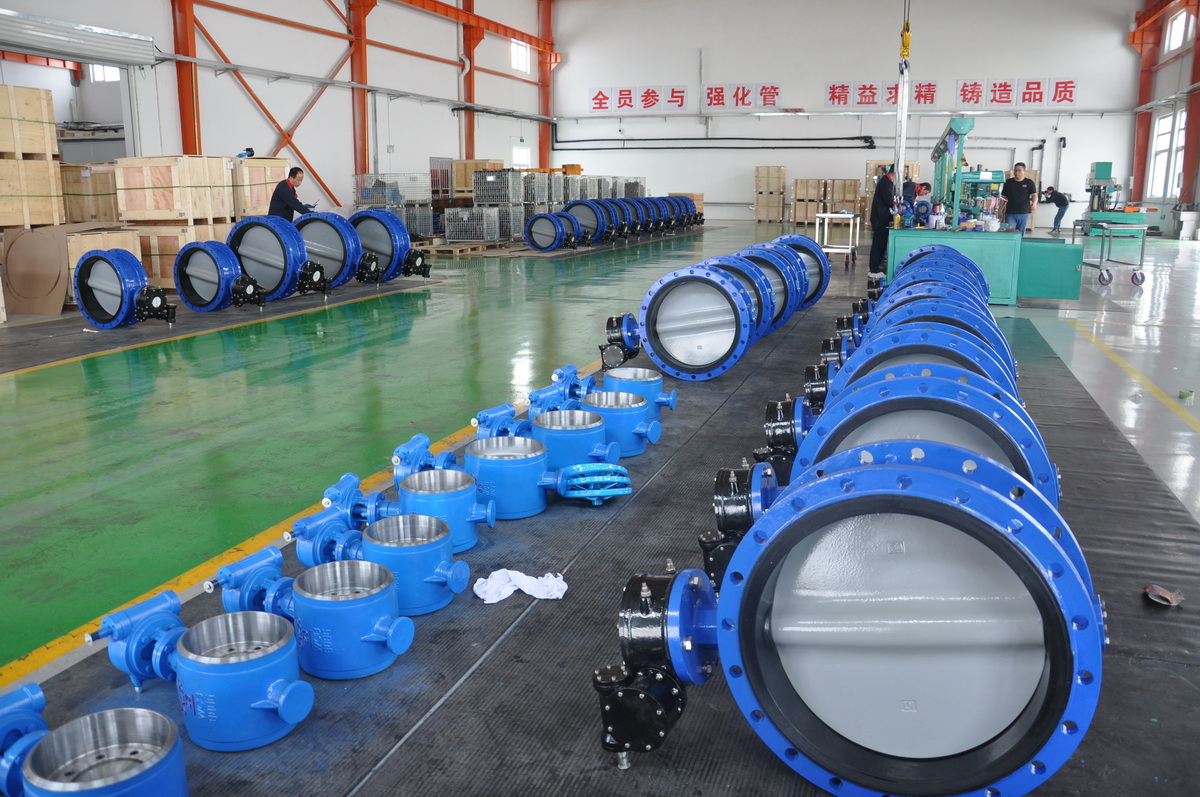Regulating valve development history regulating valve installation points brief introduction

1. The development of regulating valves is closely related to the development of industrial production processes.
In ancient times, in order to regulate the flow of water in rivers or streams, people used large rocks or tree trunks to stop the flow of water or change the direction of the flow of water.
The Egyptian and Greek civilizations invented several primitive valve types, used for crop irrigation, among other things.
However, it is generally acknowledged that the ancient Romans developed a fairly sophisticated water system for crop irrigation, with plug and plunger valves and the use of check valves to prevent the flow of water against the reverse.
During the Renaissance, artists and inventors. LeonardodaVinc designed valves for ditches, irrigation projects and other large-scale hydraulic systems, and many of his technical solutions are still in existence today.
The modern history of the valve industry has gone hand in hand with industry. With the advance of industry, ThomasNewcomen invented the industrial steam engine by the front desk in 1705, requiring control of steam engine operation. JamesWatt invented the controller for adjusting speed by the front desk. More and more people pay attention to the control of fluid flow.
The earliest regulator was the pump regulator made by WilliamFisher in 1880. It was a self-reliant regulator with a heavy hammer. When the pressure behind the valve increased, the opening of the regulator was reduced under the action of the heavy hammer, so as to achieve the control effect of stable pressure.
In the 20th century to the 1930s, the regulating valve body shape for the spherical spherical valve (b>
The 40′s have been suitable for high pressure medium Angle regulating valve (anglev>
50~60 s appeared three-way regulating valve (three-wayv>
In 70′s sleeve regulating valve is widely used in the control of industrial production process, the eccentric rotary valve developed is eccentricplugv>
Eccentric rotary valve has good sealing, large flow capacity, can be used in large pressure differential occasions.
Since the beginning of the 80′s, a variety of fine small regulating valve was born, which makes the weight and height of the regulating valve drop and the flow capacity improve.
Since the beginning of the 1990s, with the wide application of computer control devices, the requirements for intelligent regulating valves are becoming more and more intense, and have been born a variety of intelligent electrical valve positioner and field bus regulating valves with intelligent valve positioner.
At the beginning of 2l century, fieldbus regulating valve has been applied, with the downward movement of the control function, the requirement of regulating valve is more and more high.
The development of regulating valve and industrial process control is carried out synchronously.
In order to improve the control quality of the control system, higher requirements are put forward for each component of the control system.
For example, the detection elements and transmitters require higher detection and transmission accuracy, faster response and higher data stability; The regulator and other actuators require smaller dead zone and friction, better recurrence and shorter response time, and can provide compensation for the non-linear flow characteristics of the object.
At the same time, because of the large-scale and fine industrial production process, the regulator and so on also put forward higher requirements.
The main points of adjusting valve installation are briefly introduced
What are the correct installation methods for adjusting valve installation points, which can improve the efficiency of the valve and reduce valve wear? The following is the introduction of the main points for adjusting valve installation for your reference. 1) The installation position, height, inlet and outlet direction must meet the design requirements, and the connection should be firm and tight. 2) The handle of all kinds of manual valves installed on the thermal insulation pipeline shall not be downward. 3) The valve must be inspected before installation. The nameplate of the valve should conform to the current national standard “Universal Valve Mark” GB 12220. For the valve whose working pressure is greater than 1.0MPa and plays a cutting role on the main pipe, the strength and tight performance test should be carried out before installation, and the qualified valve can be used. Strength test, the test pressure is 1.5 times the nominal pressure, the duration is not less than 5min, the valve shell, packing should be qualified without leakage. Tightness test, test pressure is 1.1 times of nominal pressure; Test pressure in the test duration should meet the requirements of GB 50243 standard, to the disc sealing surface no leakage as qualified.
Post time: Dec-05-2022




